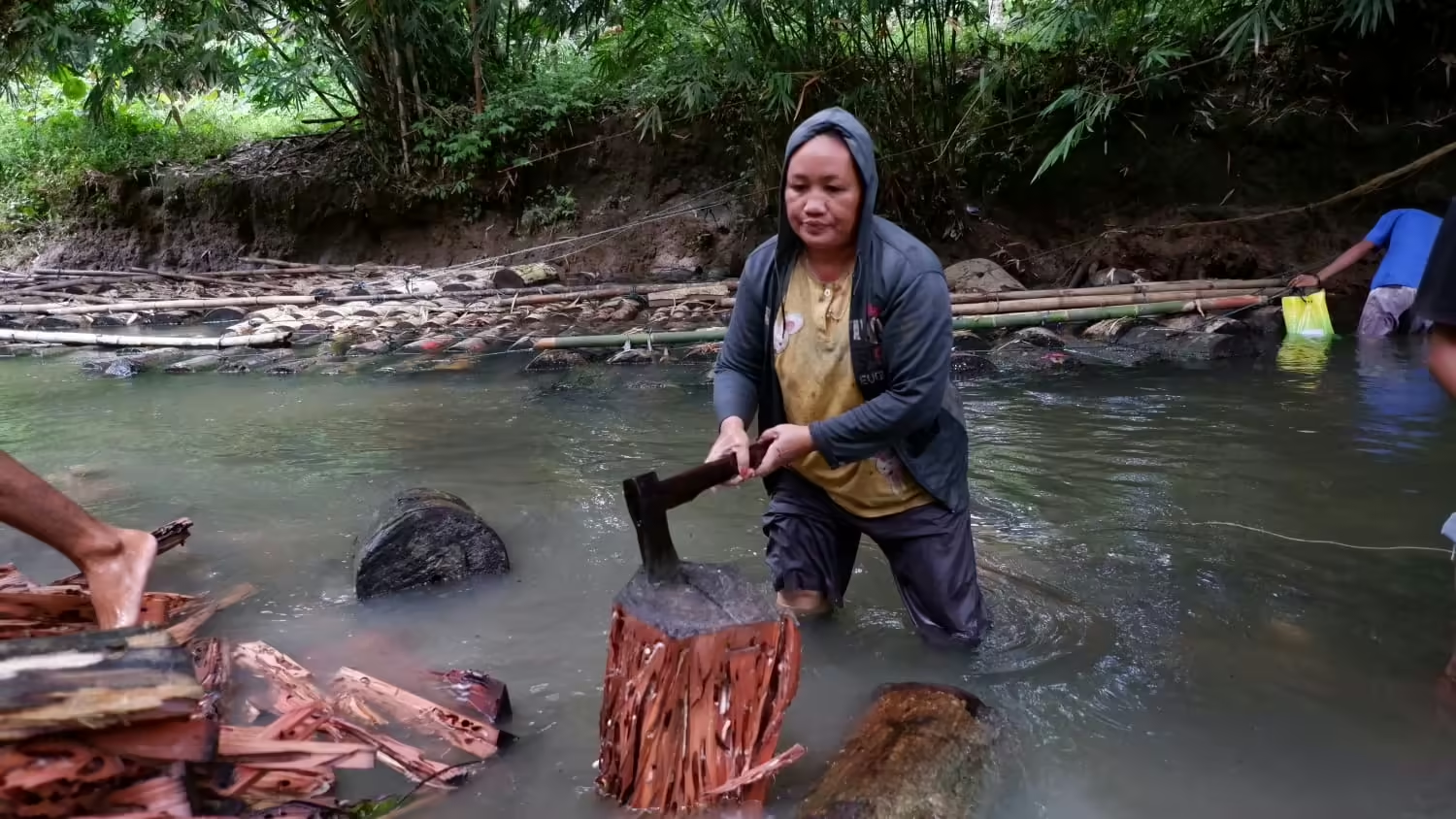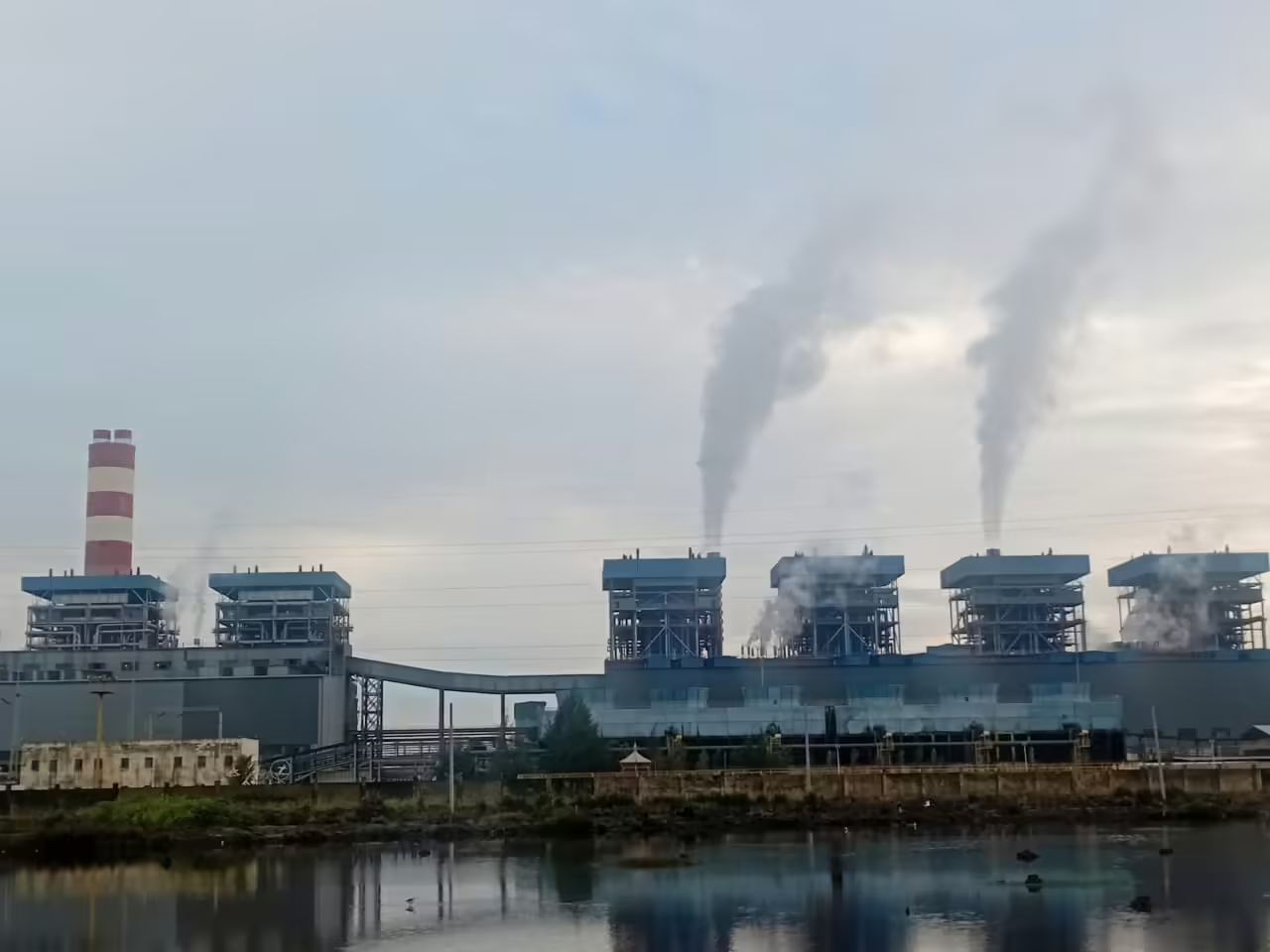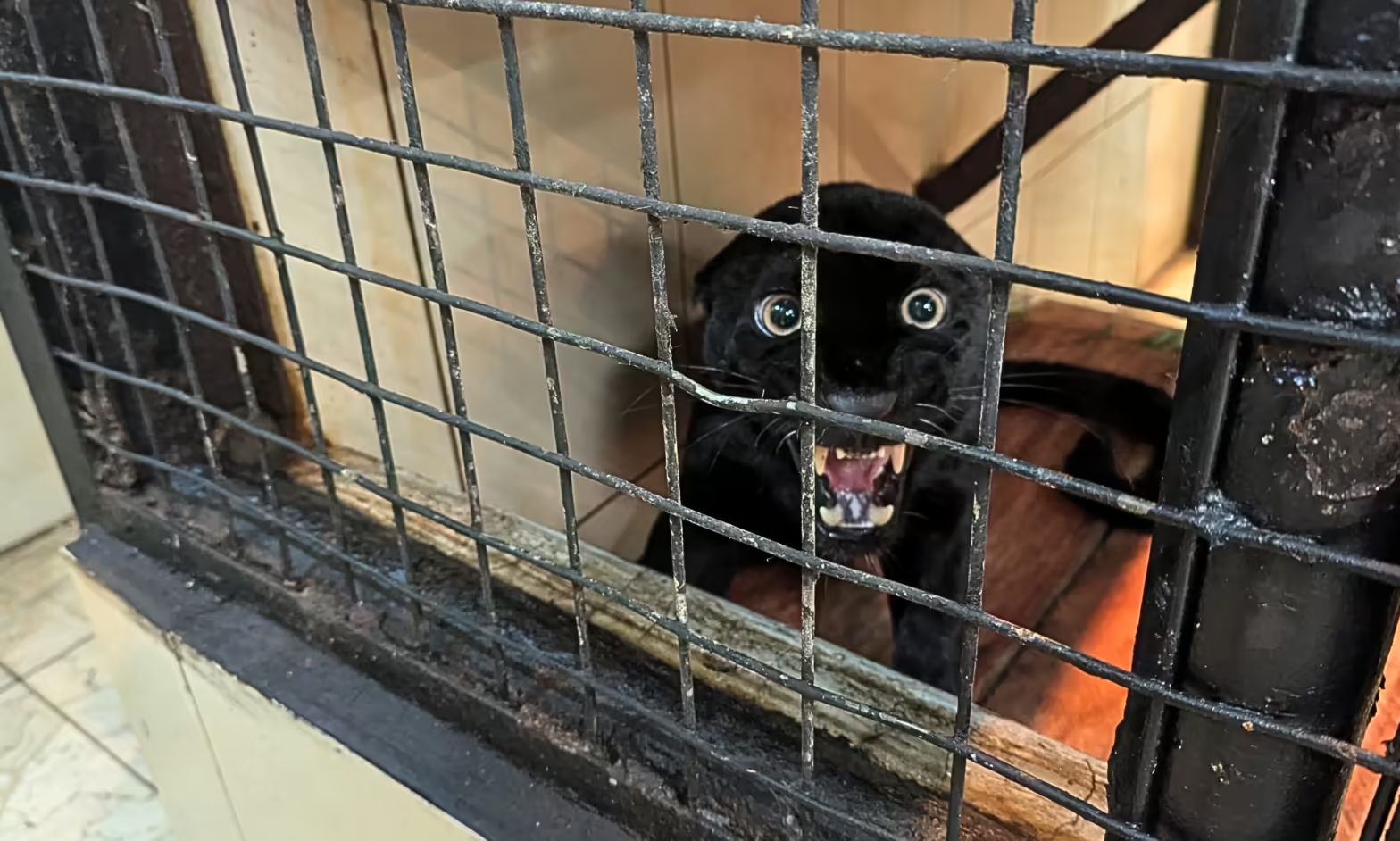SIEJ, Durban-Based on OSIRIS (Open Source Impacts of REDD Incentives Spreadsheet) modeling analysis result, Climate Change National Council concludes that Indonesia has 2.2 billion US$ of investment in carbon market with average price around 10 US$ per tCO2e.
This prediction is based on OSIRIS analysis based on observed deforestation in 2000-2005 in Indonesia of 687.000 hectare per year with emission of 860 million ton of carbon-dioxide equivalent (tCo2e) per year.
Deforestation without REED will reach 693.000 hectare per year, with emission of 803 million tCo2e per year. Therefore, there is 30% emission reduction potential from the estimated emission from forest deforestation and fire equal to 2.2 billion US$ of investment.
One of OSIRIS-Indonesia development team from Climate Change National Council, Farhan Helmy, in Dubay, South Africa sees that this OSIRIS model can be used as the basis in looking at options and impacts from REDD+ scheme in various aspects including economic sectors and deforestation reduction potentials integrated to low-carbon development.
This OSIRIS-Indonesia modeling result is published by DNPI in a policy memo of Economic “Incentive Policies for REDD+in Indonesia: Finding from OSIRIS Model” to predict REDD+ potentials in Indonesia through system model development to be used as tool to analyze a number of instrument options related to REDD+
This model development is conducted by Climate Change National Council in collaboration with Conservation International, Environmental Defense Fund and World Resource Institute.
Farhan explains that results from this model will be tested in province and district levels to obtain a thorough incentive structure in responding to a number of social and spatial dynamics in REDD+ implementation areas, such as Central Kalimantan.
This model will be developed to cover other, more comprehensive, mitigation sectors such as energy and agriculture, in the context of low carbon emission development. This model development is done in partnership with research agencies and local government such as Central Kalimantan and East Kalimantan, Sumatera and Papua.
One initiative is done through an activity facilitated by Indonesia Climate Change Center (ICCC), a forum to push for science-based policy, established by an initiative taken by Climate Change National Council and the US Government in Indonesia-US Comprehensive Partnership.
Jonah Busch from Conservation International (CI) states that OSIRIS decision support system has a number of advantages as an online-based, free of charge, open source. This OSIRIS model combines spatial econometric model of land use with REDD+ incentive and the involvement from local government and private sector.
OSIRIS-Indonesia can be used to identify newest emission from deforestation and emission vulnerable areas and REDD-pioneered areas will be able to predict their financial needs in relation to the achievement of national commitment, to predict emission reduced and revenue obtained based on economic structure incentive alternative for REDD+ (FJR)



